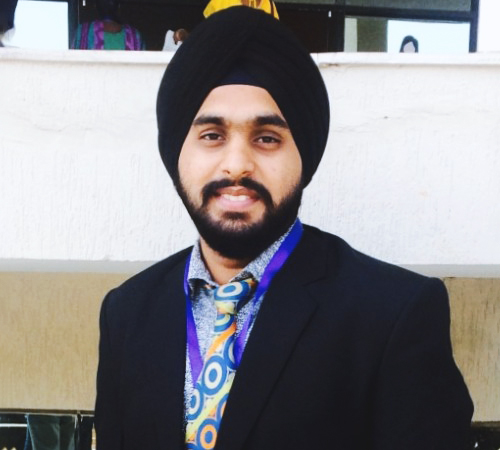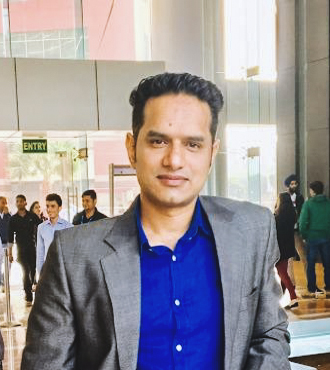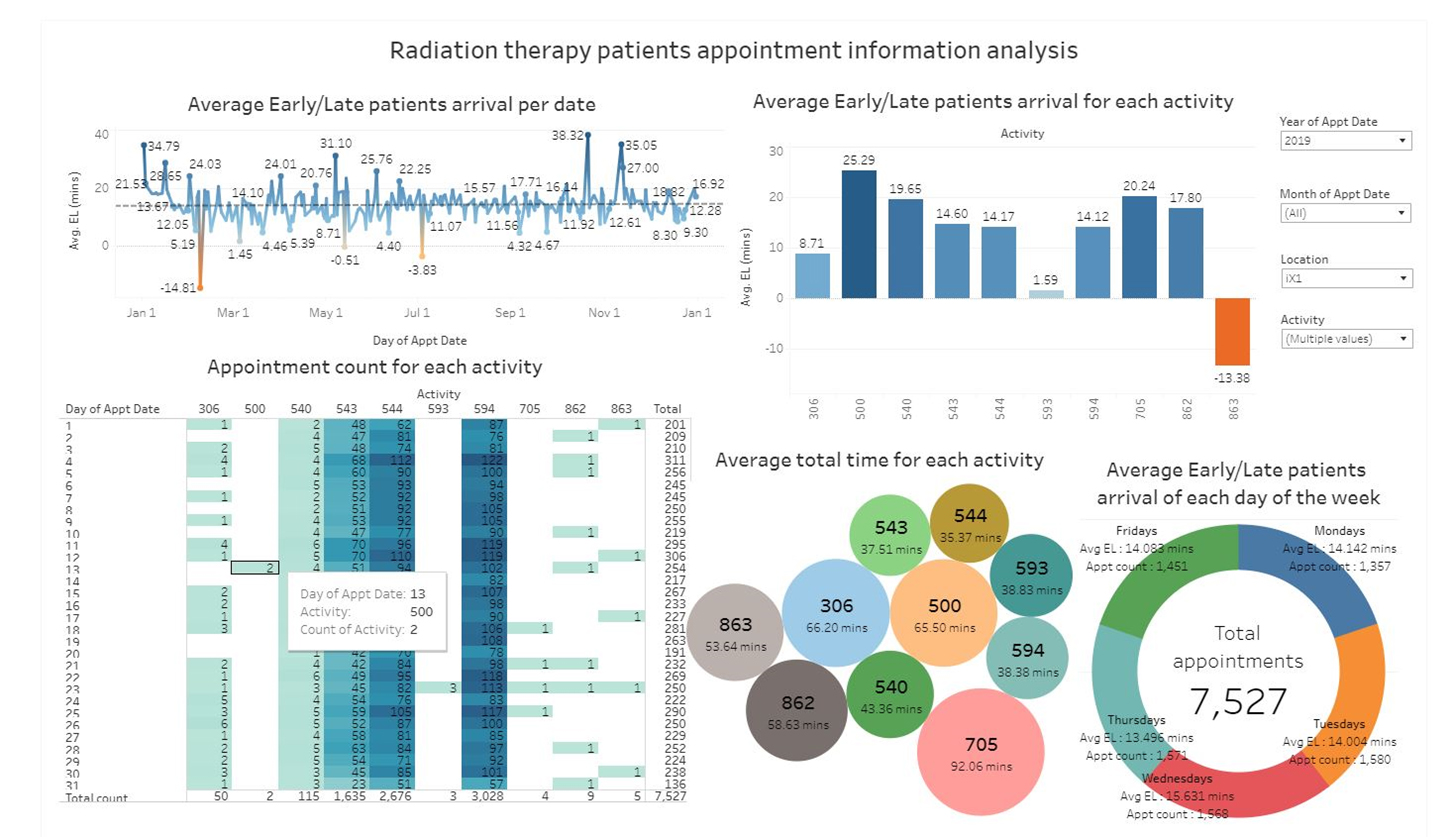Select one of our Capstone Projects below for more information.
2022 Capstone Projects:

Ankur Sanjay Limbashia

Shatakshi Pachori

Snehdeep Singh
Problem Definition: Using raw data from a diagnostic imaging facility to accurately predict patient count will facilitate a better decision-making process at the Erie Shores Healthcare Facility.
Practical Relevance: At any healthcare facility under the duress of the COVID-19 pandemic as well as the current economic crisis, the prediction of patient count is a key factor in determining the facility’s ability to manage its resources in an effective manner as well as help monitor its day-to-day activities.
Methodology:
- By using the data from 248,363 records at a large healthcare facility, the construction of an expertise-driven machine learning model to predict patient flows on an hourly basis became possible.
- The results of our prediction model led to the generation of a full-scale schedule for managing personnel responsible for working with the diagnostic equipment.
Results:
With a unique distribution of patients amongst different types of tests, the following results were achieved using the LightGBM model, the RMSE scores of which are given below:
| Light GMB | CR X-Ray |
CT CT-Scan |
MG Mammogram |
US Ultrasound |
|---|---|---|---|---|
| RMSE | 3.62 | 2.47 | 2.3 | 2.91 |
| Time Taken (in sec) | 0.22 | 0.14 | 0.47 | 0.08 |
Other Implications: Our study demonstrates that interpretable machine learning techniques combined with EHR data can be used to provide visibility on patient flows. Our approach provides an alternative to deep learning techniques which is equally accurate, interpretable, frugal in data and computational power, and production-ready.

Tejas Jayprakash

Prerak Chintalwar

Bhavith Shetty

Vaqqas Mohammad
This project is for any organization who is looking for a solution in project optimization and prioritization.
An Investment Optimization process helps a company decide on a prioritized list of projects based on the optimized investment.
2021 Capstone Projects:

Harish

Julia

Luis
This project is titled Windsor-Detroit Traffic Forecaster and it’s a public tool, to help residents and businesses to have smart transportation planning, forecasting traffic conditions and volume expected in future dates, using Artificial Intelligence and Historical Data from the City of Windsor. It is a proudly Windsor-made product to serve the community!

Dharati
Abstract: In the real world there are so many techniques for facial recognition purposes and it is the most intuitive topic these days. The significant problems of face identification drew attention to many. The purpose of this technique is to find a match of a given unknown face against the album of known individuals. Considering the availability of large amounts of data, it poses new challenges for this system, which is being robust to uncontrolled situations as well as scalable to a large amount of data itself. In this proposed work our main aim is to deal with both challenges. In most of the comparison, our method gives a state-of-the-art performance for face verification systems which also presents the scalability to large datasets.

Aditya Danturthi

Kshitij Dilip Koli

Sai Praneeth Konduru
Abstract: Patient wait times, even though they are a small part of the experience, majorly influence the overall satisfaction of the patient in healthcare. Streamlining the communication between the hospital and patients, will greatly improve the overall satisfaction of the patient and optimizing the efficiency of workflow at the hospital.
Data was analyzed for a 12-month duration to create a comprehensive report of treatments, average wait times for different treatments, and which days and times of the year were busier. The application developed notifies patients about the current delay at the hospital in real time through an email prior to their appointment.


Kushagr Mudgil

Sarwath Jahan
Abstract: We document the events occurring during the process of descriptive, prescriptive, and predictive analysis done based on Transit Windsor 2019 Service Data. The intent here is to present step wise progress regarding the different stages of Data exploration and propose a Machine Learning based algorithm to identify the passenger traffic in the future, by using Predictive Time Series Machine Learning models. The documented report was shared with Transit Windsor to provide a version of our findings, which can help with achieving transit future goals of on-demand services and modernizing the transit infrastructure.